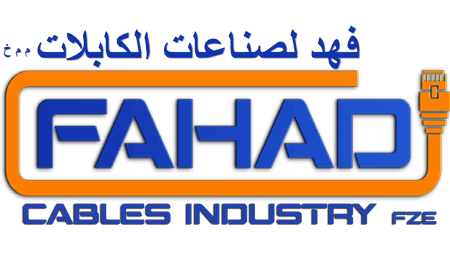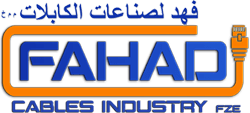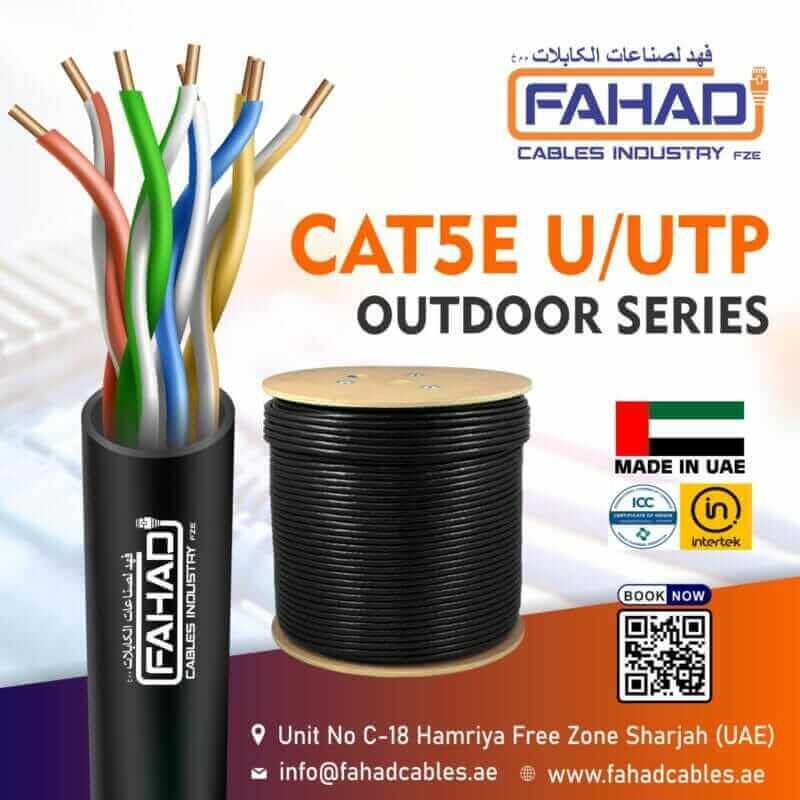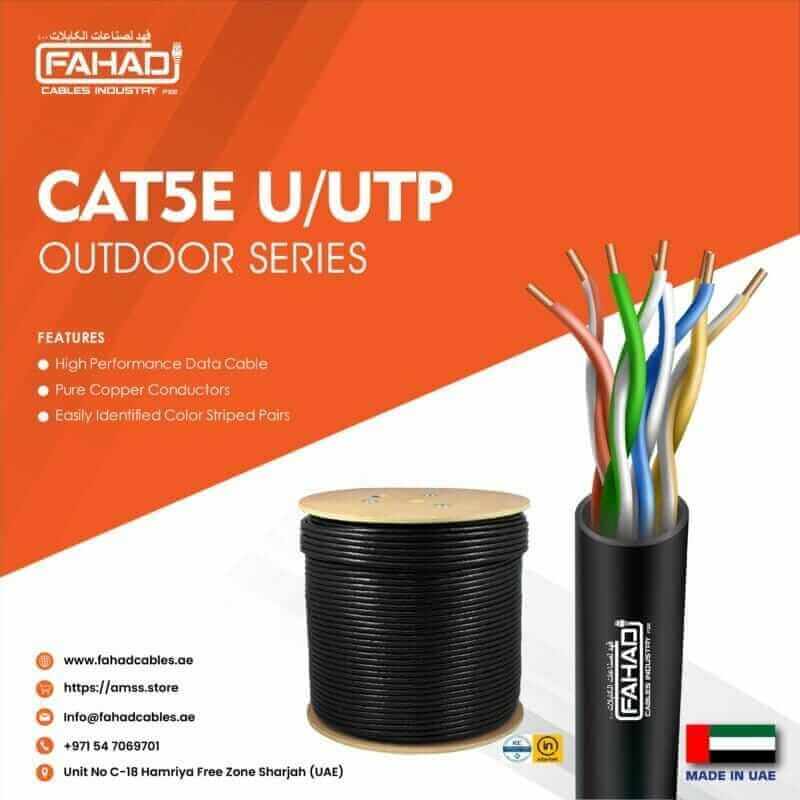- Network Cables
- Control automation Cables
- Data Patch Cord
- fiber optic cable
- Fiber Patch cord Multimode
- Fiber Patch cord Single Mode
- Fiber Pigtails Series
- Coaxial Cables
- security cable wire
- alarm cable
- speaker cables
Exploring the Benefits of Cat5e U/UTP 24AWG Network Cable by Fahad Cables Industry FZE
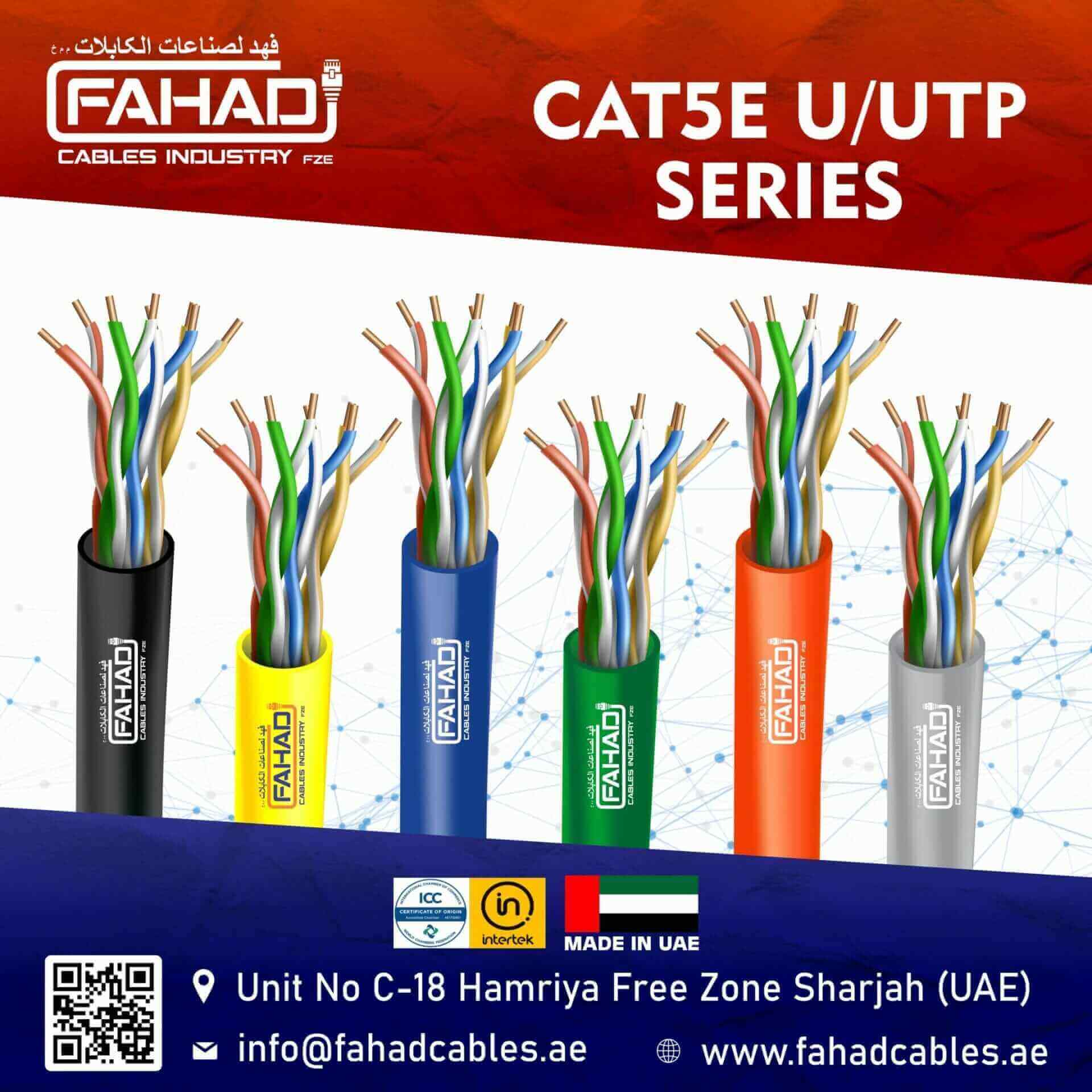
Introduction to Network Cables
Network cables are essential components in computer networking that facilitate the transmission of data between devices, enabling them to communicate efficiently. These cables are pivotal in establishing reliable connections within local area networks (LANs), wide area networks (WANs), and other networking environments. Their primary function is to carry electrical signals and transmit data over various distances, ensuring that devices such as computers, routers, switches, and servers can exchange information seamlessly.
There are several categories of Ethernet cables, each designed to meet varying bandwidth and performance requirements. Among these, the Cat5e (Category 5 enhanced) cable stands out due to its versatility and reliability. This specific type of cable is an improvement over its predecessor, Cat5, featuring enhanced specifications that allow for faster data transmission rates and reduced crosstalk. Cat5e cables are typically capable of supporting speeds up to 1 Gbps over distances of up to 100 meters, making them a popular choice for both residential and commercial applications.
Cat5e cables utilize unshielded twisted pair (UTP) wiring, which helps mitigate interference from external sources and maintains signal integrity. Their robust construction and design make them particularly suitable for high-speed networking tasks, such as streaming HD video, online gaming, and transferring large files. They often find use in situations ranging from home networking setups to complex enterprise environments, where network stability and performance are paramount.
In summary, network cables are integral to modern communication systems, and the Cat5e U/UTP 24AWG network cable exemplifies a reliable solution for various networking needs. Understanding the importance and functionality of these cables is crucial for anyone considering improvements to their networking infrastructure.
Understanding Cat5e Specifications
The Category 5e (Cat5e) U/UTP 24AWG network cable is an essential component in modern wired networking. Designed to support data transmission speeds of up to 1 Gbps, Cat5e cables are commonly utilized in both residential and commercial settings, ensuring robust connectivity for a range of applications. With the increasing demand for high-speed internet and data transfer, the specifications of Cat5e cables have been optimized to meet these needs efficiently.
One of the key features of Cat5e cables is their ability to transmit data at a maximum distance of 100 meters. This distance is critical for ensuring that devices connected across a home or office network can communicate effectively without signal degradation. In many environments, maintaining high-quality data transmission can also depend on the wiring layout, including factors such as the distance between devices and the overall integrity of the cabling installation.

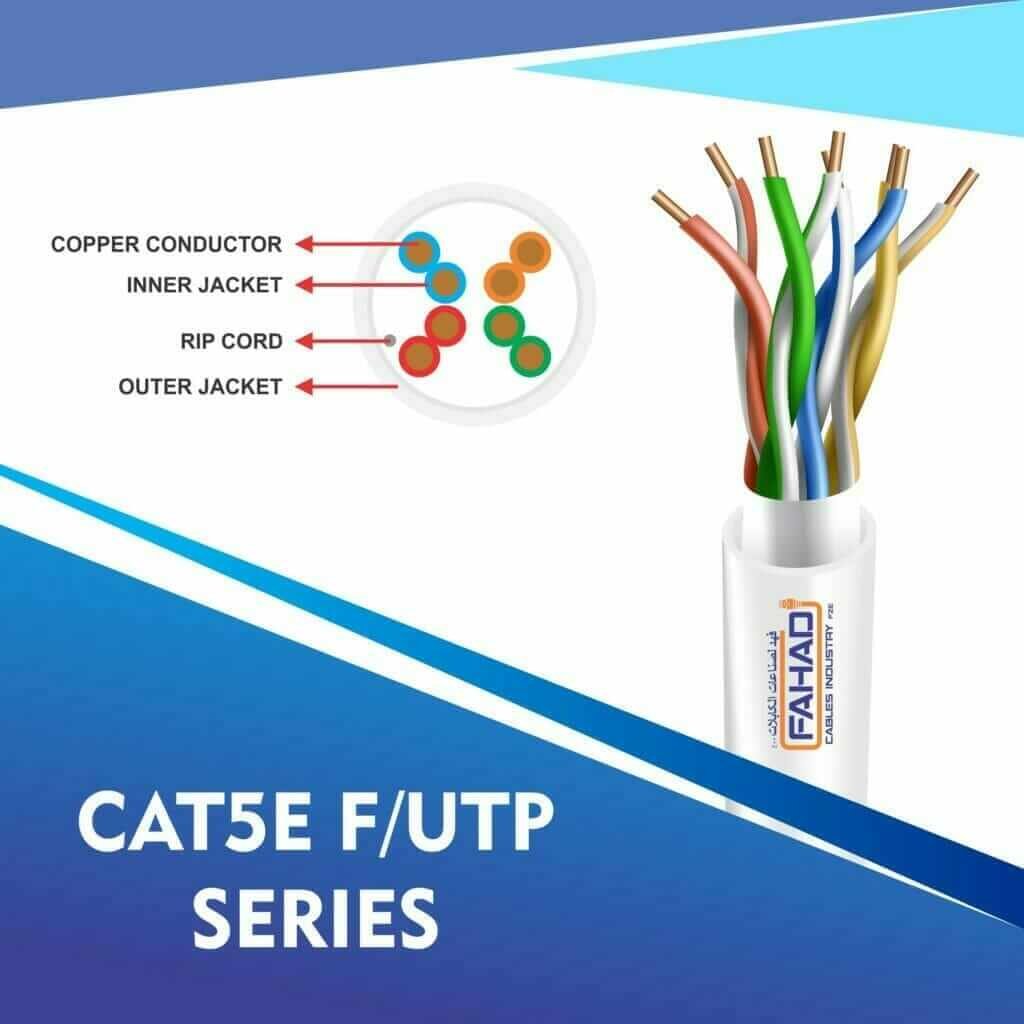

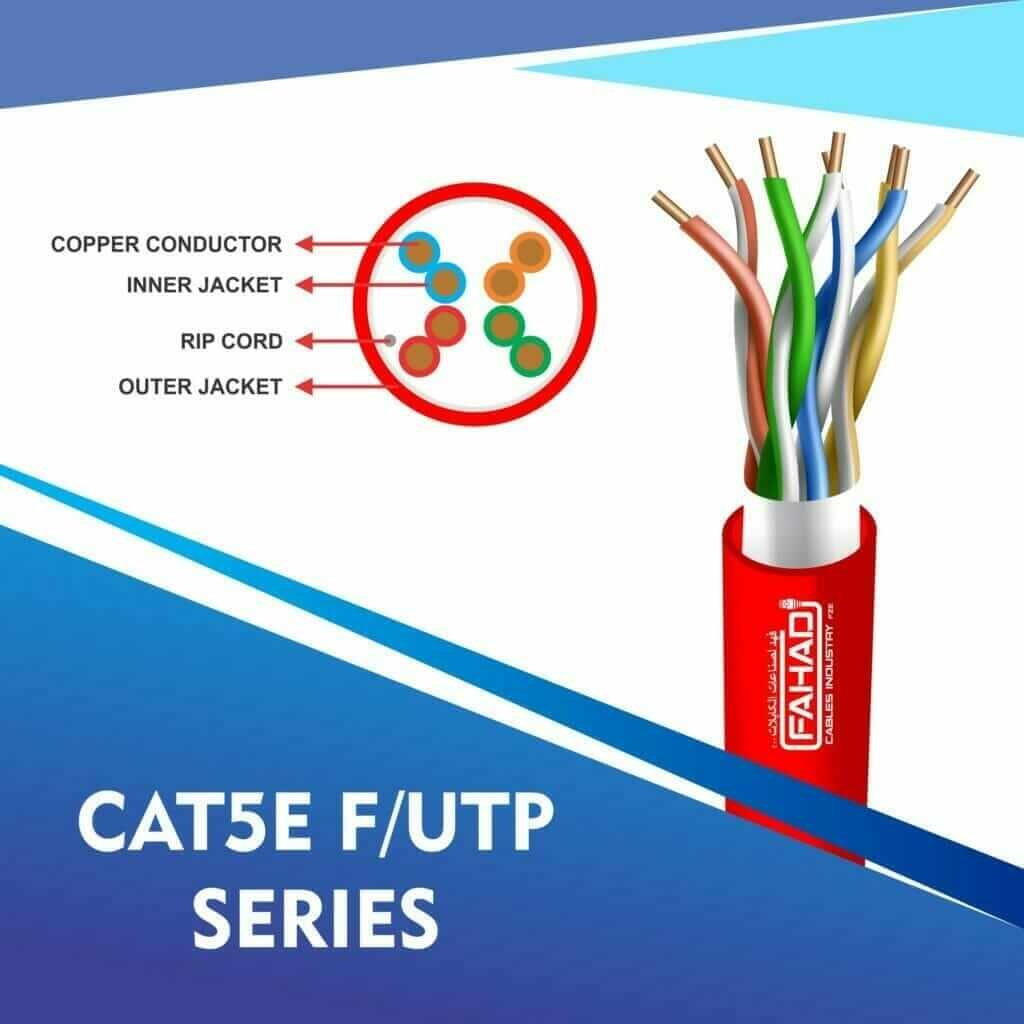
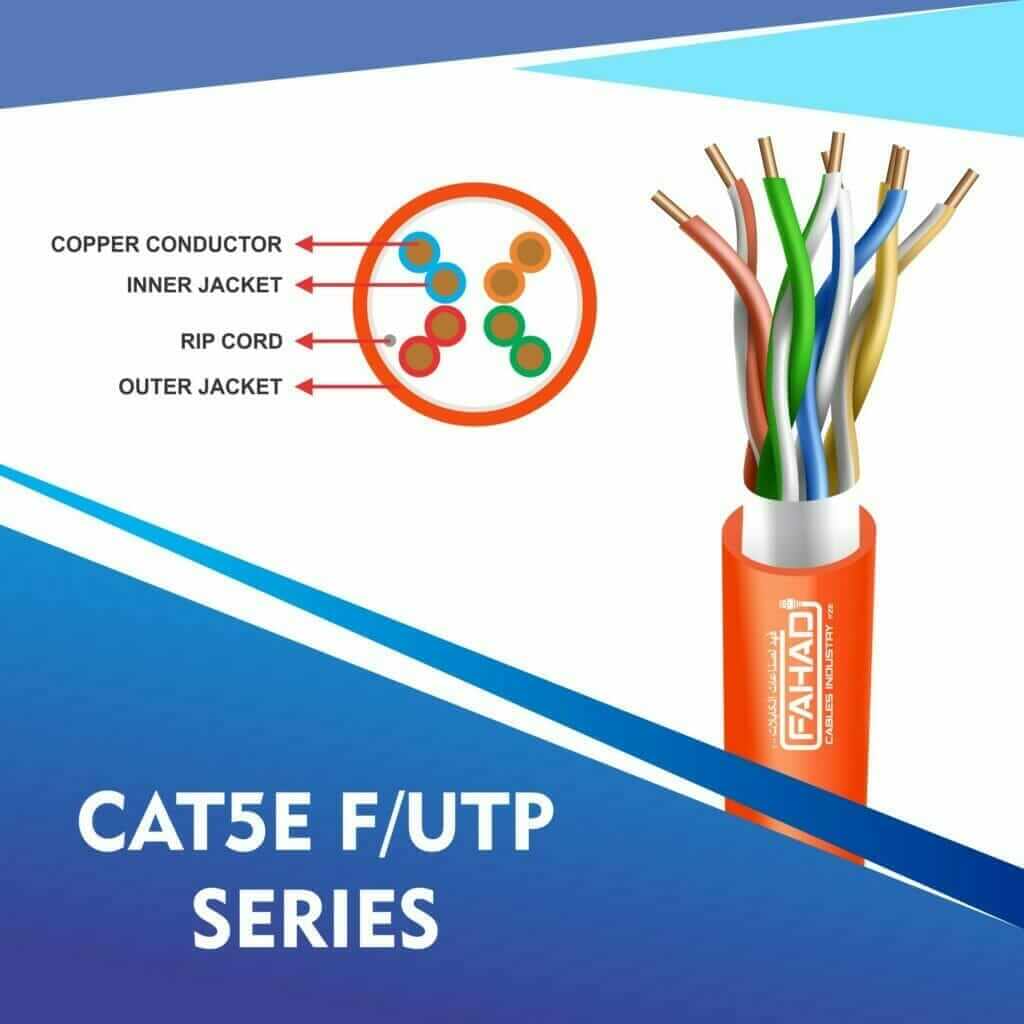
The term ‘U/UTP’ refers to an unshielded twisted pair configuration. This means that the individual pairs of wires within the cable are twisted together to minimize electromagnetic interference (EMI) that can impact data transmission. The absence of a shielding layer allows for flexibility and ease of installation, as U/UTP cables are typically thinner and more manageable than shielded alternatives. However, the twisted design plays a crucial role in reducing crosstalk and EMI from external sources, such as electrical wiring and electronic devices.
In summary, the specifications of Cat5e U/UTP 24AWG network cables—such as their support for high data rates, specific transmission distance, and unique shielding characteristics—make them a reliable choice for ensuring stable network connectivity. With advancements in technology and increasing connectivity needs, understanding these specifications is vital for individuals and organizations seeking to optimize their networking infrastructure.
The Importance of 24AWG in Cable Performance
When considering the performance of network cables, the gauge of the wire plays a crucial role. The 24AWG (American Wire Gauge) standard is particularly significant because it strikes an optimal balance between resistance, attenuation, and overall electrical conductivity. Lower gauge numbers indicate thicker wires, while higher numbers denote thinner wires. This variance impacts various aspects of cable performance, with 24AWG being a popular choice for Ethernet cabling due to its effectiveness in minimizing signal loss.
Resistance is one of the primary factors influenced by the wire gauge. Thicker cables, such as those in the 24AWG range, exhibit lower electrical resistance, allowing data to travel more efficiently. Consequently, this can result in faster transmission speeds and reduced latency in networking applications. Additionally, lower resistance translates to less heat generation, which contributes to the longevity of the cable and its components.
Attenuation, or the gradual loss of signal strength as it travels through a medium, is another critical consideration. Cables with a smaller wire gauge tend to experience higher levels of attenuation over the same distance compared to their thicker counterparts. In this context, 24AWG cables demonstrate superior performance by maintaining a clearer signal, making them particularly suitable for demanding applications such as data centers or high-definition video streaming.
Furthermore, the overall electrical conductivity of 24AWG cables is superior compared to higher gauge options, such as 26AWG. This ensures that the data transmitted through a 24AWG cable experiences minimal disruptions, thus preserving the integrity and quality of the connection. The advantages of 24AWG in network cabling underscore its selection for many modern networking environments, positioning it as a preferred option for both residential and commercial applications.
Advantages of Using U/UTP Cables
U/UTP (Unshielded Twisted Pair) cables, particularly the Cat5e variety, are gaining traction in various networking scenarios due to their distinctive advantages. One of the primary benefits of U/UTP cables is their cost-effectiveness. Compared to shielded cables, U/UTP options typically come at a lower price point, making them an attractive choice for businesses and individuals looking for economical networking solutions without sacrificing performance.
Flexibility is another notable advantage of U/UTP cables. Their lightweight design allows for easier handling and installation, which can be particularly beneficial in dynamic environments that require frequent modifications or upgrades to network layouts. This flexibility also extends to their physical properties, as U/UTP cables can easily fit into tight spaces where shielded variants may prove cumbersome to install.
Moreover, U/UTP cables are straightforward to install. Most standard networking professionals are accustomed to working with unshielded cables, making them a preferred choice for many installation projects. The simplicity of connecting U/UTP cables to network devices reduces setup time, allowing for swifter implementation of network infrastructures. This ease of installation is complemented by a wide range of compatible devices, ensuring that users can easily integrate U/UTP cabling into existing systems.
While U/UTP cables are advantageous in many scenarios, they are particularly suitable for indoor environments where the risk of electromagnetic interference (EMI) is low. In contrast to shielded cables, which are designed to mitigate noise from external sources, U/UTP cables thrive in settings like residential networks, offices, and small businesses where such disturbances are minimal. Therefore, for users prioritizing cost, flexibility, and ease of installation, U/UTP cables serve as a commendable choice.
Fahad Cables Industry FZE: Company Overview
Founded with a vision to excel in the cable manufacturing sector, Fahad Cables Industry FZE has emerged as a prominent player in the production of high-quality networking solutions. Established in [insert the year of establishment], the company has consistently prioritized innovation, quality, and customer satisfaction in its manufacturing processes. With a dedicated team of professionals who are passionate about their craft, Fahad Cables Industry FZE strives to contribute significantly to the telecommunications industry, particularly through its flagship product line, including the Cat5e U/UTP 24AWG network cables.
The company’s mission revolves around delivering robust and reliable cable solutions that cater to the evolving needs of its clients. Utilizing state-of-the-art technology and modern manufacturing techniques, Fahad Cables continues to elevate industry standards. The Cat5e U/UTP 24AWG cables exemplify this commitment, designed to support high-speed internet connectivity while ensuring optimum performance and durability.cat5e diameter,cat5e ethernet cable,outdoor cat5e,cat5 bandwidth capacity,cat5 booster pump set,cat5 digital snake,cat5 patch cord,cat5 phone line wiring diagram,cat5 port,cat5 vs cat5e,cat5 vs cat6 الÙرق,cat5e and cat6,cat5e cable box,cat5e max speed,cat5e plenum cmp,cat5e vs cat6 vs cat7,dmx over cat5,does cat6 work with cat5,rj45 cat5 color code
Fahad Cables Industry FZE places a strong emphasis on quality assurance, ensuring that each product undergoes rigorous testing and meets international standards. This dedication to quality not only enhances the reliability of their products but also builds trust with customers around the globe. By investing in research and development, the company is at the forefront of innovation, continuously seeking ways to improve and expand its product offerings to address the demands of both residential and commercial markets.
As a recognized entity in cable manufacturing, Fahad Cables Industry FZE aims to maintain its leadership position by prioritizing sustainability and ethical production practices. By integrating environmentally friendly materials and processes, the company demonstrates its responsibility towards the community and the planet. Thus, Fahad Cables Industry FZE exemplifies a forward-thinking approach in the cable production industry, particularly with its esteemed Cat5e U/UTP 24AWG cables.
Quality Assurance and Testing Processes
At Fahad Cables Industry FZE, maintaining the highest levels of quality assurance is paramount in the manufacturing of their Cat5e U/UTP 24AWG network cables. The company adheres to stringent quality standards throughout the production process, ensuring that every cable meets the necessary performance, durability, and reliability dimensions required by both industry regulations and customer expectations. The commitment to excellence begins with selecting high-grade raw materials, which are carefully evaluated to ensure they comply with international standards.
To ensure that these cables perform optimally in various networking environments, Fahad Cables implements a series of rigorous testing methodologies. These tests are designed to simulate real-world conditions that cables may encounter after installation. For instance, the cables undergo tests for electrical performance, including attenuation and near-end crosstalk, which are critical parameters that influence data transmission quality. Additionally, environmental tests assess the cable’s resistance to temperature fluctuations and humidity, confirming their suitability for use in diverse conditions.
Moreover, the factory is equipped with advanced testing equipment that allows for continuous monitoring during the production process. This proactive approach ensures that potential issues are identified and rectified immediately. Each batch of Cat5e cables is subjected to comprehensive quality checks before being cleared for shipment, ensuring that only the highest-quality products reach the market. These strict quality assurance protocols not only enhance the performance of the network cables but also contribute to their longevity, making them a reliable choice for consumers.
In summary, through meticulous adherence to rigorous quality standards and comprehensive testing processes, Fahad Cables Industry FZE guarantees that their Cat5e U/UTP 24AWG network cables deliver superior performance, durability, and reliability for a wide array of networking applications.
Applications of Cat5e U/UTP 24AWG Network Cables
Cat5e U/UTP 24AWG network cables serve a wide range of applications that make them a popular choice for both residential and commercial settings. One of the most common uses is in home networking. With the increasing number of smart devices in households, reliable and efficient networking becomes paramount. Cat5e cables facilitate high-speed internet connections capable of supporting streaming services, online gaming, and seamless communication between devices such as computers, printers, and smart TVs. Their ability to support speeds of up to 1 Gbps over distances of 100 meters makes them ideal for modern home environments.
In office settings, Cat5e U/UTP cables are frequently utilized to establish local area networks (LANs). Businesses rely on these cables to connect computers, routers, and switches in order to ensure effective communication and data transfer among employees. This connection is essential for various functions, including accessing shared resources like databases and printers. Furthermore, with the rise of remote work and hybrid models, businesses benefit from the ability of Cat5e cables to easily accommodate the networking demands of both in-office and remote employees.
Data centers also leverage Cat5e U/UTP 24AWG cables for their networking infrastructure. These cables play a critical role in connecting servers, storage systems, and networking equipment. Efficiency is a key consideration for data centers, where reliability and high-capacity connections are vital. Cat5e cables allow for effective data exchange and are typically used in conjunction with advanced network technologies to meet the growing demand for higher bandwidth and speed. Their versatility and performance make them integral components in various networking scenarios, ensuring that businesses and individuals stay connected effectively.
Installation Considerations for Optimal Performance
To maximize the performance of Cat5e U/UTP 24AWG network cables, careful attention must be given throughout the installation process. Proper installation practices not only enhance the functionality of the network but also mitigate issues that could potentially disrupt connectivity. One of the cardinal rules of installation is effective cable management. This begins with planning the cable routing to avoid sharp bends, excessive tension, and physical damage that can interfere with the cable’s performance.
Another critical consideration is minimizing the risk of electromagnetic interference (EMI). Cat5e cables are designed to resist interference, but installation scenarios can expose them to sources such as electrical equipment, fluorescent lights, or wireless devices. To reduce EMI exposure, it is advisable to maintain a distance of at least 12 inches from electrical sources during installation. Additionally, using separate pathways for power and data cables, and employing grounded outlets, can further decrease the likelihood of interference.
It is also essential to ensure that the termination of the cables is performed correctly, as improper connections can lead to signal degradation and network reliability issues. Use of the appropriate tools, such as a quality punch-down tool, is integral to achieving a solid and reliable connection at both ends of the cable. The wiring pattern must adhere strictly to T568A or T568B standards, as consistency in termination is vital for maintaining optimal performance across the network.
Finally, conducting post-installation testing is recommended to verify the integrity and performance of the network. Using a cable tester to check for performance metrics can identify any potential issues before full deployment. In summary, by following these practical tips for managing cables, minimizing interference, and ensuring proper terminations, users can significantly enhance the reliability and performance of their Cat5e U/UTP network connections.
Conclusion and Future Trends in Networking Cables
In reviewing the benefits of Cat5e U/UTP 24AWG network cable, several key points emerge that underline its significance in modern networking. This type of cable offers enhanced performance and reliability for both residential and commercial applications. It supports high-speed data transmission, making it an excellent choice for users who require fast and efficient network connectivity. The construction of the Cat5e cable also provides a measure of protection against crosstalk and interference, further ensuring the integrity of data transmission across various environments.
As we look toward the future of networking cables, several trends are beginning to take shape. Advances in cable manufacturing technologies are yielding more robust and efficient network solutions. For example, the development of higher specifications, such as Cat6 and Cat6a, showcases a trajectory toward even greater performance capabilities, which could eventually overshadow the current popularity of Cat5e cables. However, the widespread installation of Cat5e infrastructure means that it will continue to be utilized extensively in both commercial and residential networks for the foreseeable future.
Moreover, the integration of smart technology and the Internet of Things (IoT) are accelerating the demand for reliable network solutions. As devices become more interconnected, the need for stable and high-speed cabling remains paramount. Innovations like improved shielding techniques and eco-friendly materials in networking cables could also transform the market landscape, focusing on sustainability without compromising performance. Furthermore, advancements in fiber optic technology might challenge the relevance of traditional copper cables, prompting a reevaluation of their roles in networking.
In conclusion, while Cat5e U/UTP 24AWG network cable remains a staple in the industry today, the future will likely bring diverse developments that could redefine the standards of network cabling, ensuring robust connectivity in an increasingly digital world.
